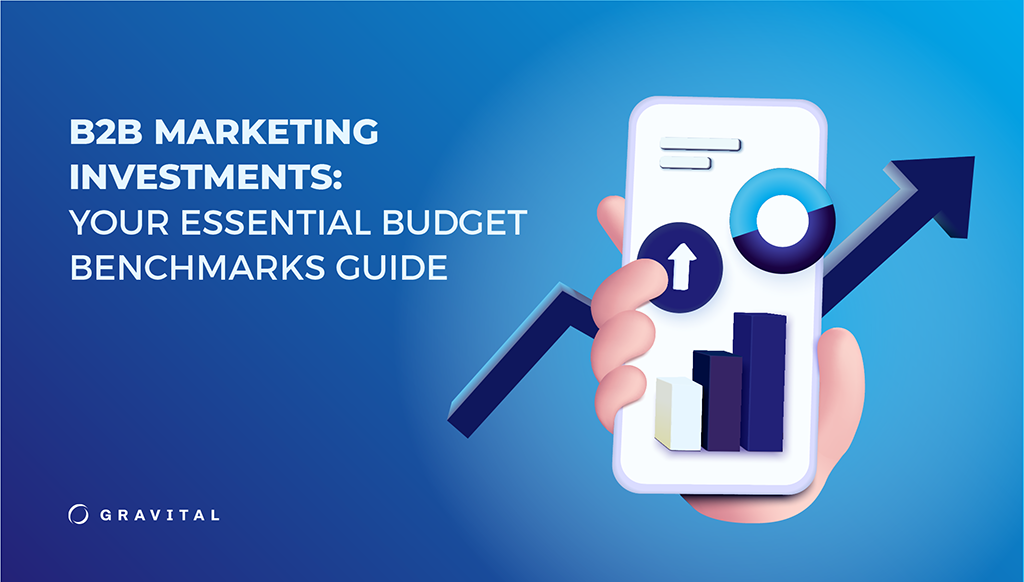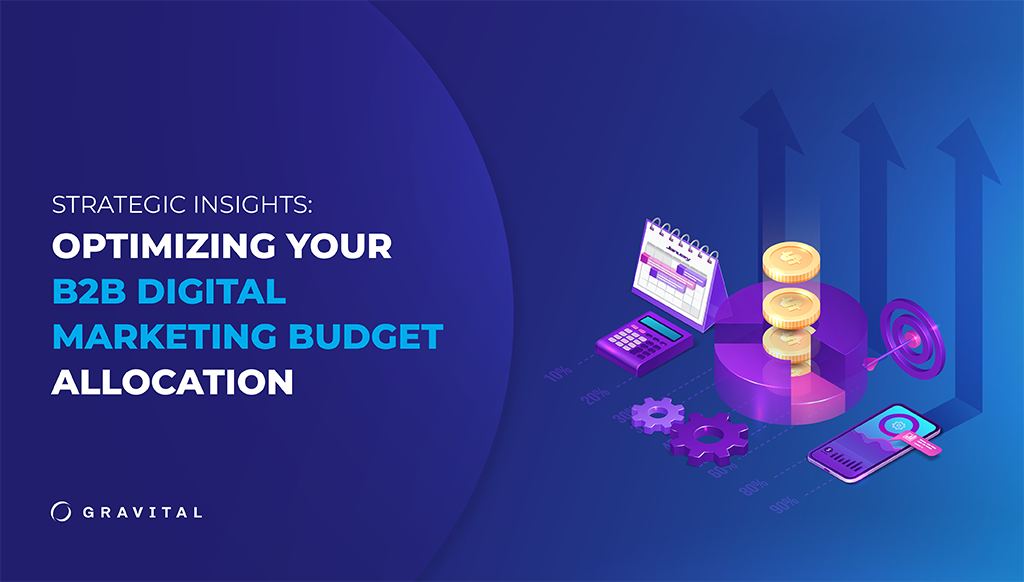Chances are you’re making one or more of these mistakes
Creating a digital marketing budget is a challenging task, one that can lend itself to costly mistakes. A single budget blunder can throw off your entire digital marketing strategy, so it pays to know how to avoid these common pitfalls when planning your budget.
First, face this fact
Before you venture to create your digital marketing budget, you should come to terms with a very important fact: you will most likely, almost always, have less financial resources than you need or wish you had to run your digital marketing efforts. It is what it is. Let’s move on.
Know what not to do
You may know (or may think you know) what to do, but knowing what not to do when budgeting for digital marketing is as important. A slight error in judgment is all you need to fail.
If you frequently find yourself running out of money or struggling with your digital marketing budget, you should familiarize yourself with each of the following 9 mistakes and take the necessary measures to avoid them.
9 Common digital marketing budgets mistakes to avoid
1. Not having clear set goals
The biggest mistake businesses make when creating a digital marketing budget is trying to build it without goals. You can’t plan a budget for something you have not defined. Work on your digital marketing goals and make sure they’re aligned with your company’s vision. Prioritize expenses according to these target goals.
2. Beginning with bad data
To create a digital marketing budget, you need data. Relying on bad data or human error when interpreting the data is one of the most common mistakes companies make when planning a budget.
To avoid this mistake, boost your data gathering and analytics capabilities. You should also benchmark performance of every process before and after launching a digital marketing campaign to evaluate platforms and their overall effectiveness.
Marketing spend statistics you should know:
- The U.S outspends all other countries on advertising with $217.97 billion.
- Digital advertising in the U.S is now a $30 billion larger market than TV advertising.
- The most successful B2B marketers spend 40% of their total marketing budget on content marketing.
- Global content marketing revenue will exceed $300 billion by 2019.
3. Tweaking last year’s budget
Some companies treat the digital marketing budget like just another filling exercise, leaving it to the very last minute and assigning it to a single individual. Temptation to tweak last year’s budget is strong, and they cave.
Marketing objectives usually change from one year to another, as do prices, technology, market trends, human resources needs, and other factors. Reexamine your goals yearly, and create a new budget for those goals. Involve everyone who needs a marketing budget in creating that budget.
Typical Digital Marketing Budget Line Items
- Brand Marketing
- Content Creation
- Email Marketing
- Graphic Design
- Inbound Marketing
- Market Research
- Metrics Software/ Analytics
- SEO/SEM/PPC
- Social Media Marketing
- Video Marketing
- Website Development
4. Under-investing in proven workhorses
Email marketing is frequently hailed as one of the most effective channels companies use to reach and engage target audiences, yet it’s also one of the most overlooked tools come budget time. After all, if it ain’t broke, don’t fix it, right? Wrong.
Well-performing channels can go stale over time without consistent attention because there’s always room for improvement—for example, better personalization, automation or testing. So pay attention and continue to invest in tried-and-true strategies that work.
5. Failing to coordinate with sales
Every digital marketing budget should be developed in conjunction with sales, and each expense should correspond to a projected business outcome. Failing to coordinate with sales can lead to a marketing campaign that doesn’t have a direct positive impact on revenue.
To avoid this pitfall, you need to make communication between your marketing and sales departments a priority. By the way, if your company’s sales funnel is broken, your digital marketing strategy will fail regardless of how much money you put into it. Test your sales funnel regularly and adjust it, if needed.
6. Not adapting to change
Just as proven workhorses should get your attention at budget time, emerging channels and tools should also get a piece of the pie. Putting this type of investment off can have direct consequences because change is happening quickly and hugely.
It’s difficult to predict when a new channel, technology or approach will be a novelty or an important piece of your digital marketing puzzle. Spending some of your marketing budget on unproven tactics—such as chatbots and virtual reality—may be difficult to justify, but it’s essential for your company’s future.
7. Experimenting too much
While you need to adapt to change and budget for new things, you should also keep your experimentation in check. Trying everything to see what sticks is not only extremely expensive, it’s also ineffective. Instead, build your budget on your goals, strategies and data.
8. Neglecting to evaluate your efforts
To know if your budget is delivering results, you must evaluate its effectiveness. Amazingly, most companies admit not testing their digital marketing efforts, while some don’t do it often enough. This is a huge mistake. To avoid this pitfall, monitor and test your digital marketing campaigns’ strategy and execution on a regular basis.
9. Focusing only on new customers
Marketers are under tremendous pressure to generate new leads and add new prospects into the sales funnel that will result in new customers and increased sales revenue. Yet, it costs five times more to acquire a new customer than to retain an existing customer, so it makes good business sense to focus on repeat customers. Your budget and ROI will thank you.
Final Word
Digital marketing is constantly evolving and expanding field—a moving target difficult to pin down long enough to budget for it. But budget for it you must.
In such an environment, you’re bound to make mistakes. The key here is to recognize them as mistakes, learn from them and avoid them in the future. And, as always, we’re here to help.


